
Filter News
Area of Research
- Advanced Manufacturing (1)
- Biological Systems (1)
- Biology and Environment (49)
- Computational Biology (1)
- Computer Science (1)
- Electricity and Smart Grid (1)
- Energy Science (48)
- Functional Materials for Energy (2)
- Fusion and Fission (6)
- Isotopes (18)
- Materials (44)
- Materials for Computing (4)
- National Security (7)
- Neutron Science (8)
- Nuclear Science and Technology (3)
- Quantum information Science (1)
- Supercomputing (50)
News Type
News Topics
- (-) Bioenergy (76)
- (-) Composites (16)
- (-) Energy Storage (52)
- (-) Frontier (48)
- (-) High-Performance Computing (93)
- (-) Isotopes (43)
- (-) Physics (45)
- 3-D Printing/Advanced Manufacturing (77)
- Advanced Reactors (18)
- Artificial Intelligence (87)
- Big Data (54)
- Biology (88)
- Biomedical (48)
- Biotechnology (26)
- Buildings (42)
- Chemical Sciences (47)
- Clean Water (17)
- Computer Science (133)
- Coronavirus (24)
- Critical Materials (7)
- Cybersecurity (20)
- Education (2)
- Emergency (3)
- Environment (138)
- Exascale Computing (53)
- Fossil Energy (6)
- Fusion (49)
- Grid (37)
- Hydropower (6)
- Irradiation (1)
- ITER (5)
- Machine Learning (42)
- Materials (84)
- Materials Science (84)
- Mathematics (9)
- Mercury (7)
- Microelectronics (3)
- Microscopy (35)
- Molten Salt (3)
- Nanotechnology (33)
- National Security (70)
- Neutron Science (98)
- Nuclear Energy (84)
- Partnerships (42)
- Polymers (17)
- Quantum Computing (37)
- Quantum Science (53)
- Security (21)
- Simulation (48)
- Software (1)
- Space Exploration (14)
- Statistics (2)
- Summit (42)
- Transportation (46)
Media Contacts
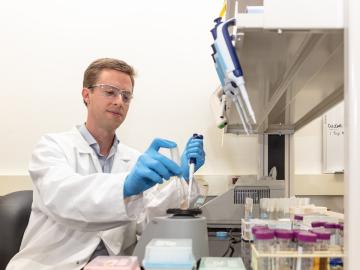
In a step toward increasing the cost-effectiveness of renewable biofuels and bioproducts, scientists at ORNL discovered a microbial enzyme that degrades tough-to-break bonds in lignin, a waste product of biorefineries.

An ORNL-led team comprising researchers from multiple DOE national laboratories is using artificial intelligence and computational screening techniques – in combination with experimental validation – to identify and design five promising drug therapy approaches to target the SARS-CoV-2 virus.

In the mid-1980s, Balendra Sutharshan moved to Canada from the island nation of Sri Lanka. That move set Sutharshan on a path that had him heading continent-spanning collaborations and holding leadership posts at multiple Department of Energy

ORNL’s Zhenglong Li led a team tasked with improving the current technique for converting ethanol to C3+ olefins and demonstrated a unique composite catalyst that upends current practice and drives down costs. The research was published in ACS Catalysis.
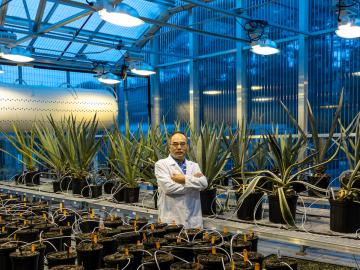
Scientists at ORNL have discovered a single gene that simultaneously boosts plant growth and tolerance for stresses such as drought and salt, all while tackling the root cause of climate change by enabling plants to pull more carbon dioxide from the atmosphere.
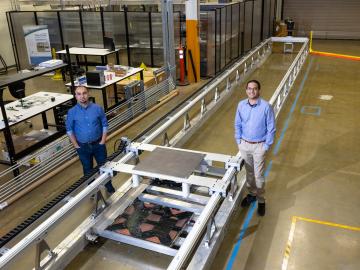
Consumer buy-in is key to the future of a decarbonized transportation sector in which electric vehicles largely replace today’s conventionally fueled cars and trucks.
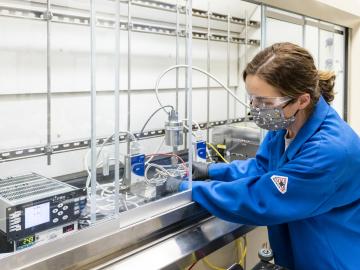
For years Brenda Smith found fulfillment working with nuclear batteries, a topic she’s been researching as a chemist at Oak Ridge National Laboratory.

Belinda Akpa is a chemical engineer with a talent for tackling big challenges and fostering inclusivity and diversity in the next generation of scientists.
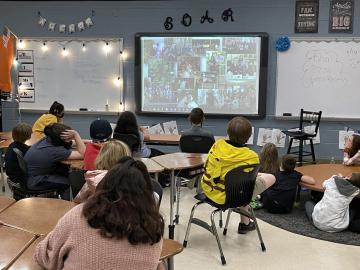
Esther Parish is one of eight scientists from the Department of Energy's Oak Ridge National Laboratory talking to students in nine schools across East Tennessee as part of National Environmental Education Week, or EE Week.
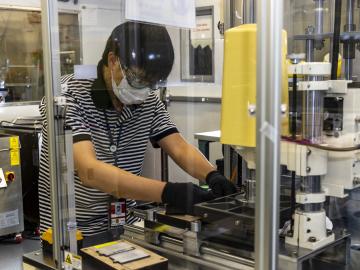
In his career focused on energy storage science, Jianlin Li has learned that discovering new ways to process and assemble batteries is just as important as the development of new materials.


